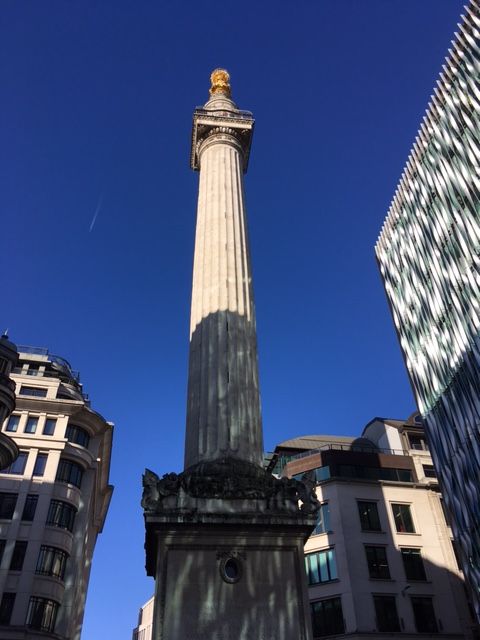
Working in the area of the Monument, the City of London for some years I never knew much about Great Fire of London in 1666. An opportunity came up to do a Great Fire of London tour walk by the Museum of London on Friday the 27th of October 2017, and I agreed to walk, learn and listen.

On Sunday the 2nd of September 1666 between first and second morning hour, the Great Fire of London lit up in the King baker’s shop owned by Thomas Faryner on Pudding Lane at EC3. He owned about 6 ovens and baked mostly for the Navy.
.jpeg)
Following up on from a very hot summer all the wooden houses across London were extremely dry in the city. London experienced previous fires but never to this extent. The reason was primarily the weather conditions. As previously mentioned the severely hot summer, wind blowing particular direction and London being extremely densely populated as well as not equipped for this level of disaster, this all contributed to the final result.
.jpeg)
The entire original square mile was destroyed by the fire. It consisted of 120 churches and 87 of them were destroyed by the Great Fire.
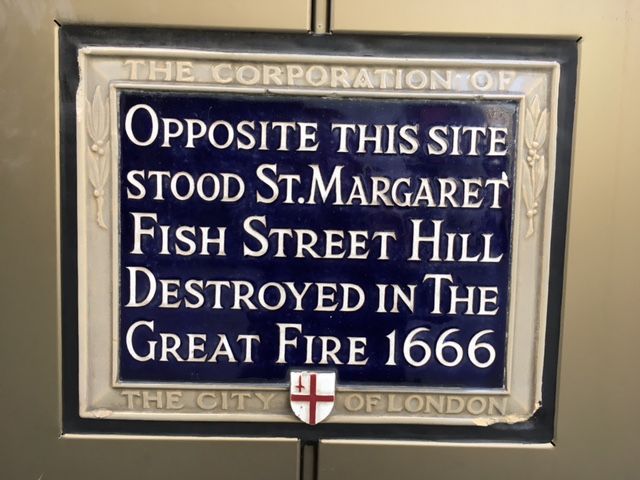
13 200 houses were destroyed by it as well as 52 livery company halls and the casualties were in 100 000 of thousands. Most of the rich people such as bankers or traders run for life to the countryside. In those days countryside was considered Finsbury Square, XXX and Islington to name a few.
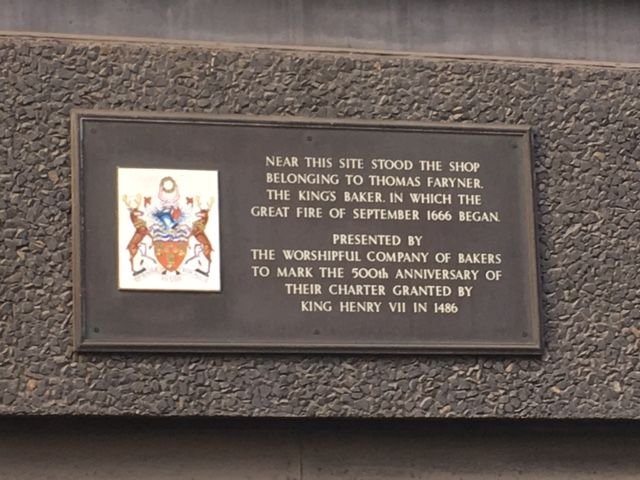
The poor people could not afford a cart in order to manage a move elsewhere so had to stay. A cart in those days cost £20 to rent which is an equivalent of today £3000, apparently. Therefore the poor living in the narrow cobbled streets in an extremely overcrowded conditions could just about manage to throw their beds out of their windows and jump out and run to save their bare lives.
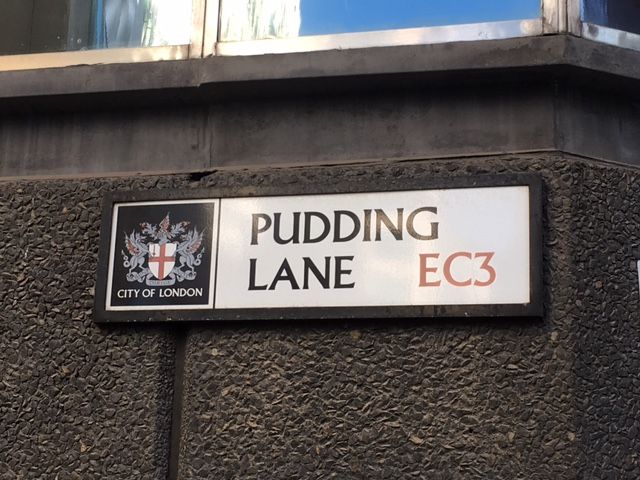
The famous Samuel Pepys the Royal Navy administrator described in his diary only saving his cheese, wine and of course his precious diaries. He famously berried the cheese and wine in the depths of the ground and he run across the bridge to watch the fire from the other side of Thames River with his wife.
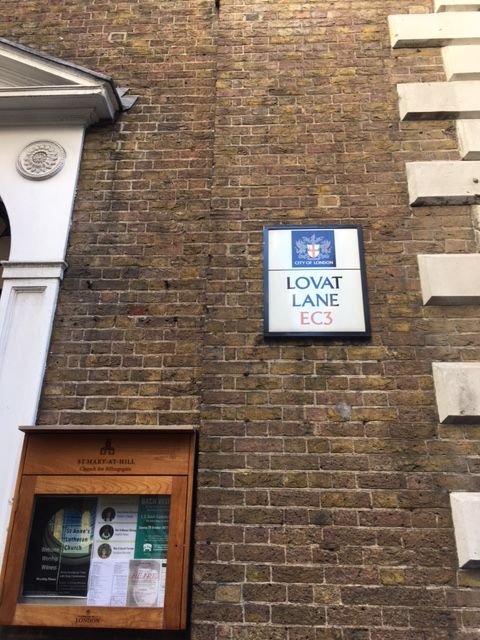
London in those days was really congested and remarkably dirty as people used to throw their rubbish our of their windows. They did not have any rubbish bin collection services or any of its management back then. The town was full of diseases and infested with rats. If you reach to another person’s hand was supposedly the distance of houses build between one and another.
.jpeg)
Lovat Lane is the oldest cobbled street in London these days and most of the old City Square Mile London had been restored back to its best origins.
.jpeg)
The fire lasted 4 full days. And it was saved thanks to the poor people. Many poor children were used for the work, girls and boys. As it was Sunday and many poor children’s education only came from the Sunday school many children were in the near by churches and immediately put to work. Poor children often worked for 6 days per week and 14 hours shifts so they were used to working really hard. They were very brave children.
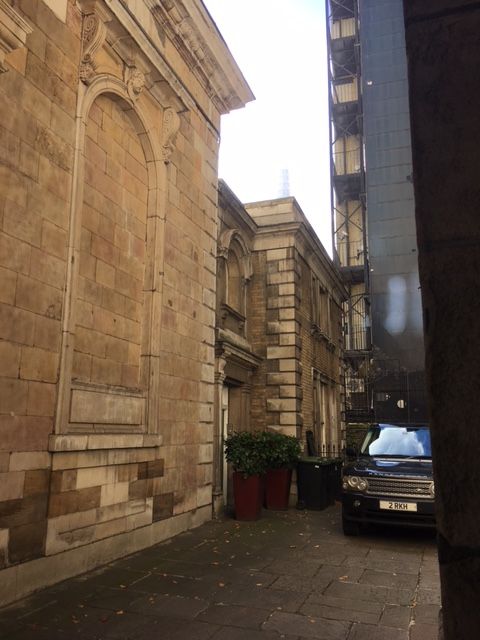
The fire was put out by using leather buckets which once filled with water and tar was extremely heavy, and two men had to hold it or carry it. Sand was also used to put out the fire and the cart that carried a water, similar to today’s water gun had only 4 litres capacity, this also had to be held by two men at least. Gun powder was used to break out the fire too.
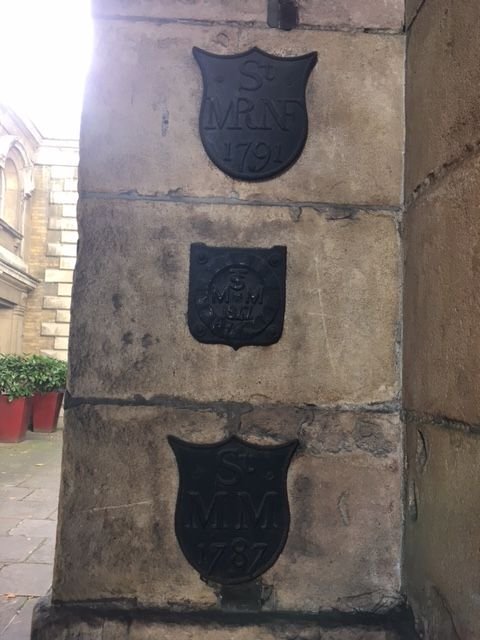
It took 47-50 years to rebuild the city of London. Gun powder was used again to flatten the ruins or remaining houses in order to rebuild the city. New laws were put in place such as that houses could only be built from a stone or a bricks but not anymore from a wood. This pushed a lot of poor people out of the City of London as they could not afford expensive materials to build their new homes. Many rich people became even more rich as they bought the land in the city for hardly anything. The insurance was established to protect people’s investments from future fires. King Charles the second helped support the poor after the fire by providing for the poor food, blankets and some roof above their heads. Charity was established too in that time and maintains its origins until today.
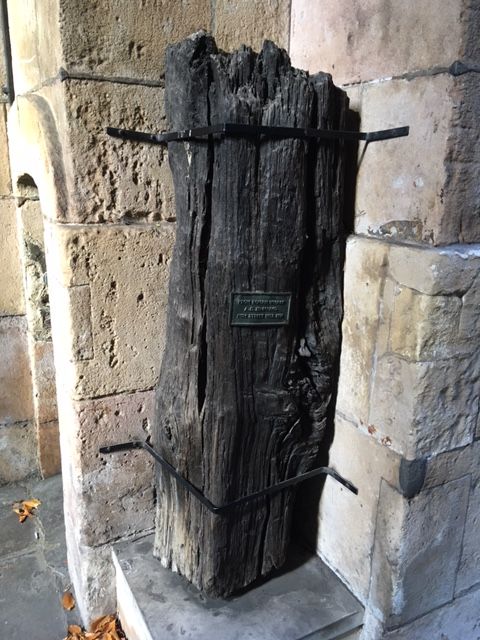
In memory of the Great Fire in 1666 the Monument was build by designer Robert Hooke in consultation with Sir Christopher Wren. It is 202 feet (61m) tall and if laid down on the floor facing towards westward side of the bakery it will reach the point where the fire broke out. The Monument stands where Saint Margaret’s church once was and it is believed the Monument was built between 1671-1677, after the great fire.
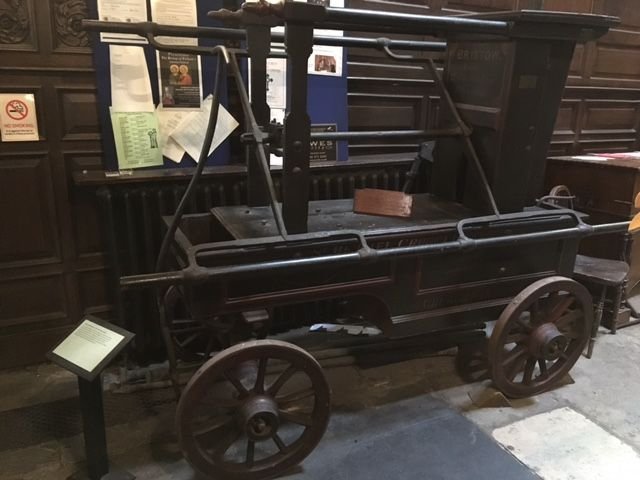
The ring on the top of the Monument was built later as at least 6 people jumped off the top in order to take their lives.
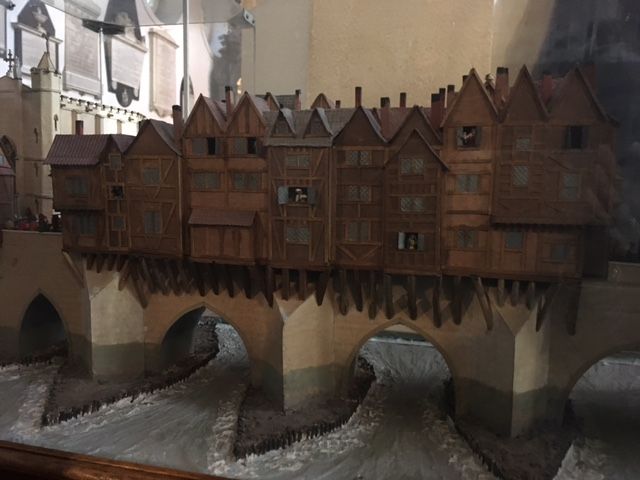
The Fire engine and the model of the City of London mannequin is held at the church just down the road on Fish Street Hill. This church is called Saint Magnus The Martyr that led to the medieval London Bridge.
.jpeg)
The tour lasted 1,5 hours and, apart from myself, in our group we mostly had families with children. Our tour guide, called Kofi, was from Nigeria and he tried really hard to get engage us all, encouraging us to smile and interact with each other. Naturally the kids put adults to shame as they knew more facts than adults. It was a good walk on a sunny but cold October day in the City of London.
.jpeg)
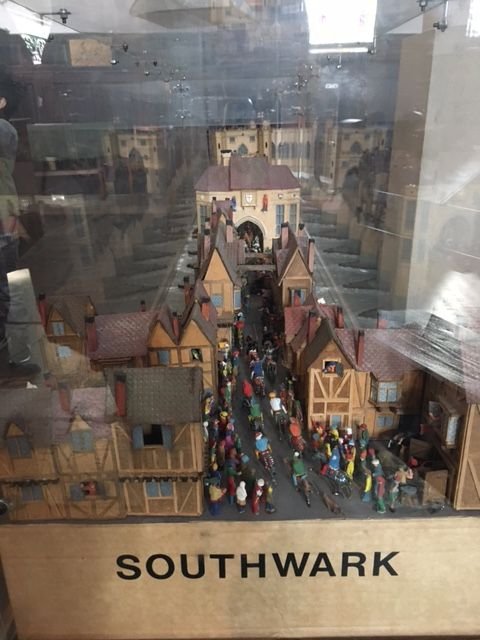
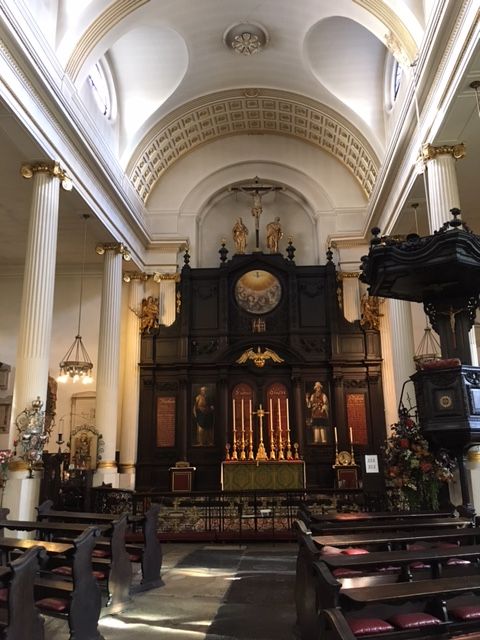
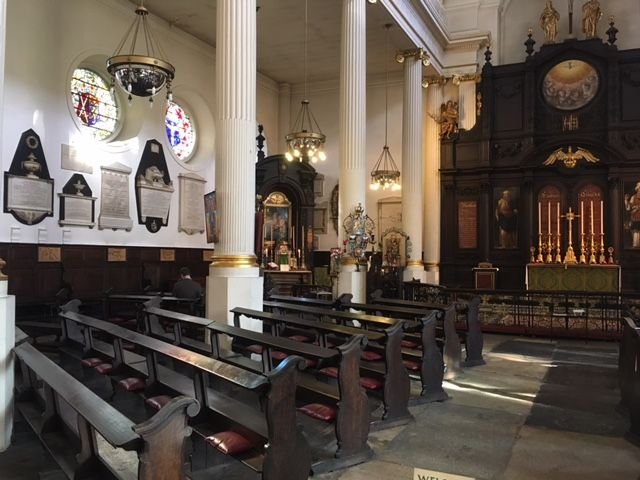
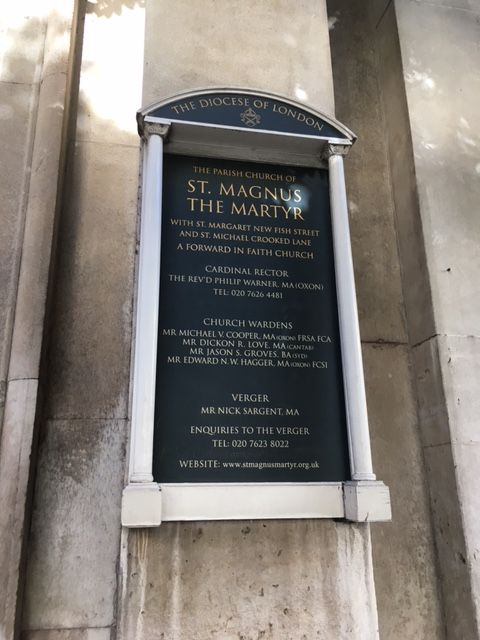
Wow! Thanks for sharing this interesting information and photos. :)
Downvoting a post can decrease pending rewards and make it less visible. Common reasons:
Submit
Thanks @superstart2018 glad you enjoyed reading about it :)
Downvoting a post can decrease pending rewards and make it less visible. Common reasons:
Submit
Yes, it was great @nataliabaloghova!
Downvoting a post can decrease pending rewards and make it less visible. Common reasons:
Submit
Congratulations @nataliabaloghova! You have completed some achievement on Steemit and have been rewarded with new badge(s) :
Click on any badge to view your own Board of Honor on SteemitBoard.
For more information about SteemitBoard, click here
If you no longer want to receive notifications, reply to this comment with the word
STOPDownvoting a post can decrease pending rewards and make it less visible. Common reasons:
Submit
Congratulations @nataliabaloghova! You have received a personal award!
Click on the badge to view your Board of Honor.
Do not miss the last post from @steemitboard:
Downvoting a post can decrease pending rewards and make it less visible. Common reasons:
Submit
Congratulations @nataliabaloghova! You received a personal award!
You can view your badges on your Steem Board and compare to others on the Steem Ranking
Do not miss the last post from @steemitboard:
Vote for @Steemitboard as a witness to get one more award and increased upvotes!
Downvoting a post can decrease pending rewards and make it less visible. Common reasons:
Submit